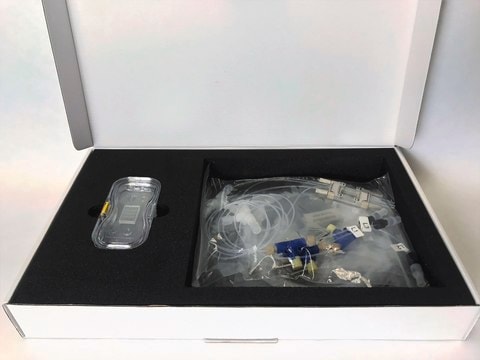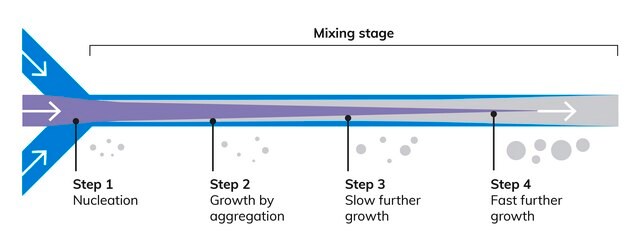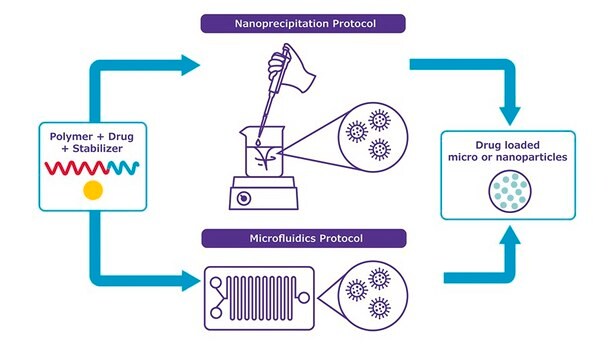917737
NanoFabTx™ materials screening kit
for synthesis of polymeric nanoparticles
Sinonimo/i:
Non-PEGylated drug delivery formulation, PCL, PLA, PLGA
About This Item
Prodotti consigliati
Descrizione
Kit components :
PLGA-Nano (907782-500mg)
PLGA-Nano75 (916382-500mg)
PLA-Nano (910996-500mg)
PCL-Nano (916382-500mg)
Stabilizer - P (913448-10g)
Livello qualitativo
applicazioni
advanced drug delivery
Descrizione generale
Applicazioni
Caratteristiche e vantaggi
- Ready-to-use polymer drug formulation screening kit for non-PEGylated nanoparticles
- Choose from either nanopreciptiation or microfluidics-based protocols
- Create specifically sized, biodegradable, PLGA, PLA, or PCL nanoparticles
- Maximize the encapsulation of hydrophobic drugs
- Four different non-PEGylated polymers are included
Nota sulla preparazione
- A nanoprecipitation protocol to prepare drug-encapsulated nanoparticles in standard laboratory glassware.
- A microfluidics protocol using commercial platforms or syringe pumps.
The microfluidics protocol uses NanoFabTx™ device kits (911593), which provide the microfluidics chips, fittings, and tubing required to get started with microfluidics-based synthesis (compatible microfluidics system or syringe pump required).
For more information, please refer to the protocol under the document section of this page.
Note legali
Codice della classe di stoccaggio
11 - Combustible Solids
Classe di pericolosità dell'acqua (WGK)
WGK 3
Scegli una delle versioni più recenti:
Certificati d'analisi (COA)
It looks like we've run into a problem, but you can still download Certificates of Analysis from our Documenti section.
Se ti serve aiuto, non esitare a contattarci Servizio Clienti
Possiedi già questo prodotto?
I documenti relativi ai prodotti acquistati recentemente sono disponibili nell’Archivio dei documenti.
Il team dei nostri ricercatori vanta grande esperienza in tutte le aree della ricerca quali Life Science, scienza dei materiali, sintesi chimica, cromatografia, discipline analitiche, ecc..
Contatta l'Assistenza Tecnica.



